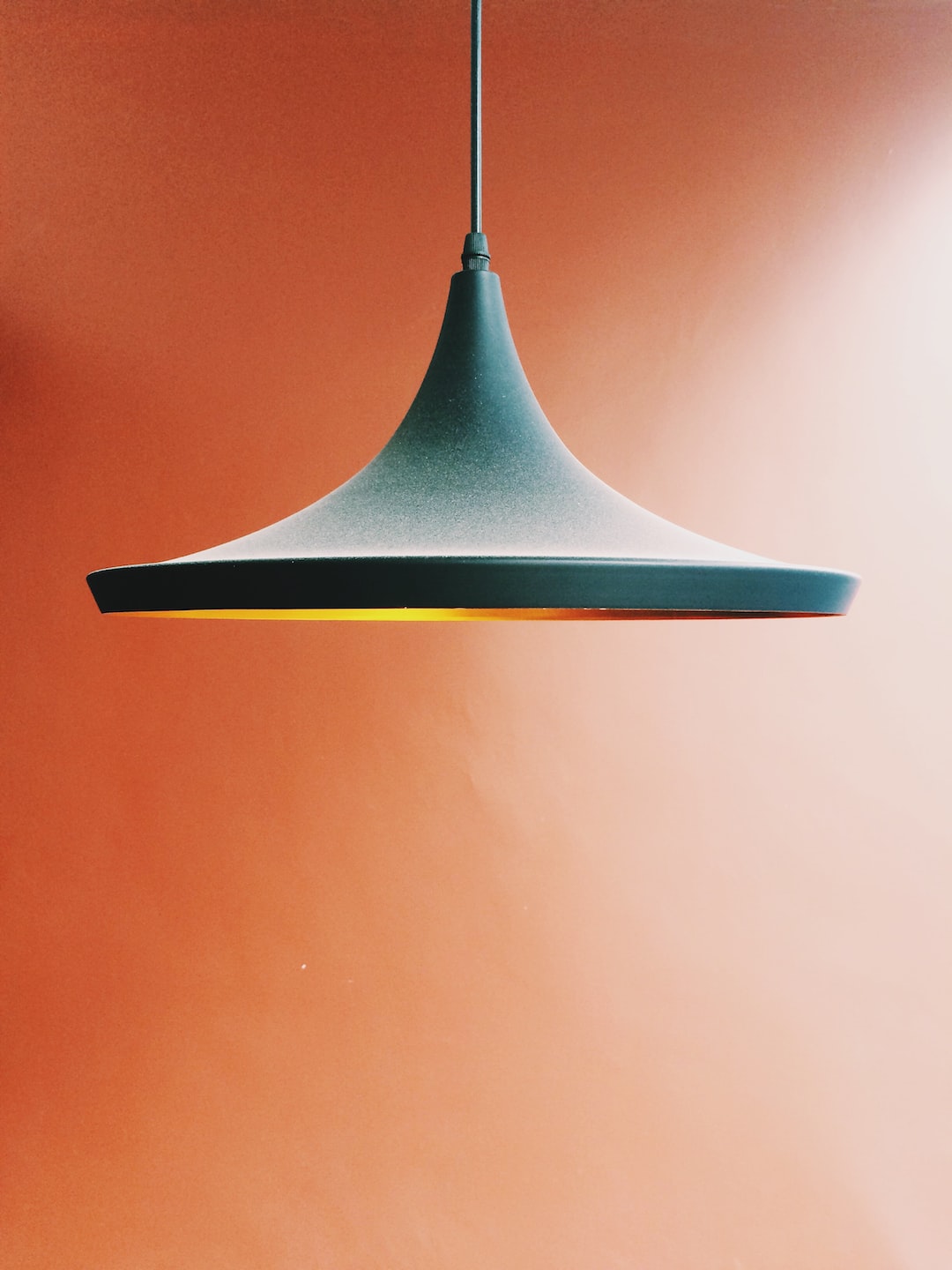Mid-century modern design is a timeless aesthetic that has made a significant impact on the world of interior and architectural design. With its clean lines, sleek forms, and organic-inspired elements, mid-century modern design remains highly influential and relevant to this day. In this blog post, we will explore the key elements that define this iconic design style and discuss its enduring popularity.
One of the primary characteristics of mid-century modern design is its emphasis on simplicity and functionality. Mid-century designers aimed to create streamlined, uncluttered spaces that celebrated the beauty of clean lines and minimal embellishments. This meant eliminating unnecessary ornamentation and focusing on functional furniture and accessories. The result is a clean, harmonious look that is both visually appealing and practical.
Another essential element of mid-century modern design is its focus on organic materials and natural forms. Designers during this period drew inspiration from nature, incorporating elements such as wood, stone, and metal into their creations. This emphasis on natural materials added warmth and tactility to the otherwise sleek and minimalist spaces, creating a balanced and inviting ambiance.
A characteristic feature of mid-century modern design is the use of geometric shapes and patterns. From furniture to textiles, bold geometric shapes were prevalent during this era. Whether it was the famous Eames chairs with their iconic molded plywood shells or the geometric patterns found in wallpapers and textiles, these bold, angular forms added visual interest and a sense of rhythm to the design.
Color plays a crucial role in mid-century modern design. Bright and vibrant colors were popular during this period, with hues such as avocado green, orange, and turquoise dominating the palette. These bold colors were often paired with neutrals like white, gray, or black to create a balanced composition. The use of vibrant colors injected a sense of energy and optimism into the spaces, reflecting the spirit of the post-war era.
In addition to its focus on simplicity, natural materials, geometric forms, and vibrant colors, mid-century modern design is also characterized by its innovative use of technology. During this period, designers embraced new materials and manufacturing techniques, resulting in innovative and iconic designs. From molded plastic chairs to sculptural light fixtures, mid-century modern designers pushed the boundaries of what was possible with the available technology.
The enduring popularity of mid-century modern design can be attributed to several factors. Firstly, its timeless appeal lies in its clean and uncluttered aesthetic. The simplicity of mid-century modern design allows it to seamlessly integrate into a variety of interiors, from contemporary to traditional, making it a versatile choice for many homeowners and designers.
Furthermore, mid-century modern design represents a period of optimism and progress. The post-war era was marked by a sense of hope and excitement for the future, and mid-century modern design captured this spirit. Today, many people are drawn to the nostalgia and optimism associated with this period, making mid-century modern design a popular choice for those looking to create a welcoming and nostalgic space.
Lastly, mid-century modern design’s focus on functionality and practicality also contributes to its enduring popularity. In our fast-paced modern lives, the need for functional and efficient spaces that promote ease and comfort is more relevant than ever. The clean lines and functional furniture of mid-century modern design offer a timeless solution for those seeking a practical yet stylish living environment.
In conclusion, mid-century modern design remains a highly influential and popular design style due to its emphasis on simplicity, natural materials, geometric forms, vibrant colors, and innovative use of technology. Its clean and uncluttered aesthetic, combined with its nostalgic appeal, make it a favorite choice for many homeowners and designers alike. Whether incorporated into a contemporary or traditional setting, mid-century modern design continues to captivate with its timeless beauty and functionality.

